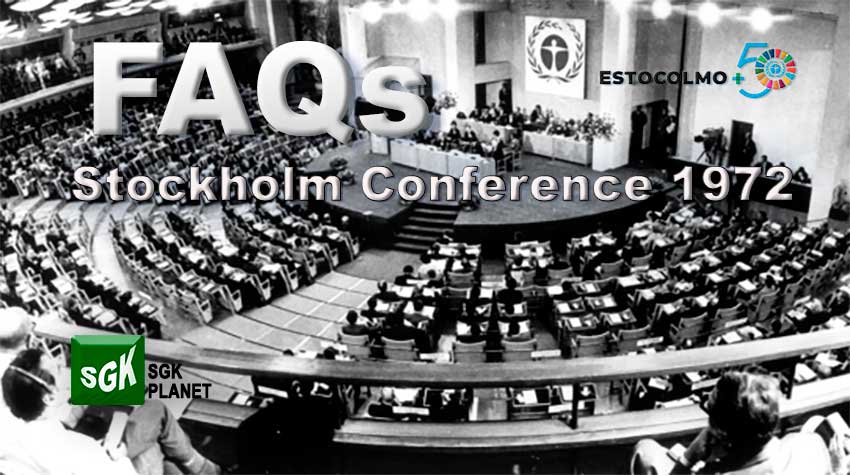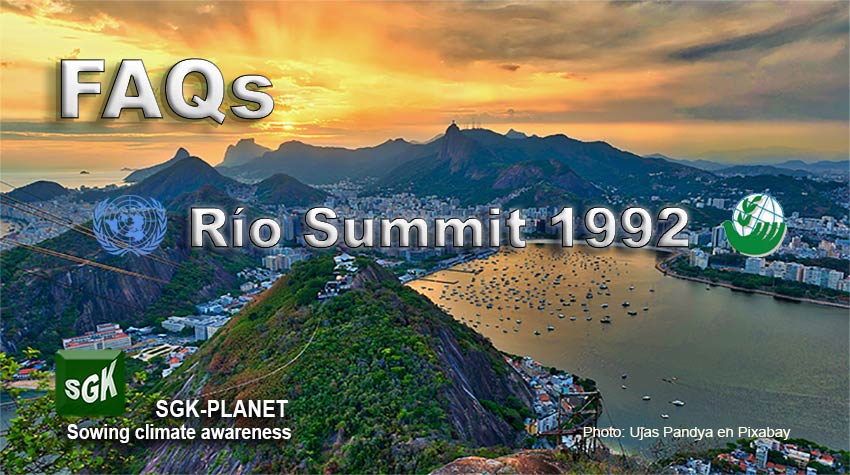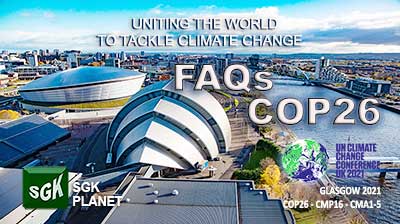FAQS about the Stockholm Conference 1972

7. What impacts did the Stockholm Conference have?
As a first impact, we can point out that international environmental activism gradually expanded to focus on intersectoral regulation and some specific environments, such as “the integration of economic and development considerations in decision-making on environmental matters”.
The Stockholm Conference meant the opportunity to make a first assessment of the effects of human activity on the environment through a global vision. It was also the origin of attempts to build common basic criteria to face the task of preserving and improving the human environment. Broad goals and objectives and not detailed ones of environmental policy emerged from the Stockholm Declaration. After Stockholm, global interest in environmental issues increased and legislative activity in international environmental law intensified.
However, if we look at the reality of the years after the Stockholm statements had a very poor impact on respect for the environment. Deforestation of forests, pollution of the oceans, greenhouse gas emissions, and others, increased. Its consequences were immediate, such as the increase in global temperature and the advance of climate change. In half a century, water scarcity has become a global problem. Air pollution, water pollution, soil degradation and desertification increased considerably in various places of the planet.
Recommended Reading: From Kyoto to Paris, history of two climate agreements, SGK-PLANET Op-Ed
At the end of answer No. 10, you can see all of the 7 “Proclamations” and the 26 “Principles” of the “Stockholm Declaration”.
FAQS about the Stockholm Conference 1972
1. What is the Stockholm Conference or First Earth Summit?
2. What was the antecedents of the 1972 Stockholm Conference?
3. What were the objectives and results of the Stockholm Conference?
4. Why is the “Stockholm Conference” known as the “First Earth Summit”?
5. What are the “7 Proclamations” and the “26 Principles” of the Stockholm Declaration?
6. What do “Proclamation No. 1” and “Principle No. 1” of the Stockholm Declaration tell us?
7. What impacts did the Stockholm Conference have?
8. What have been Sweden’s contributions to climate science?
9. Have we listen the Stockholm Declaration in these 50 years?


